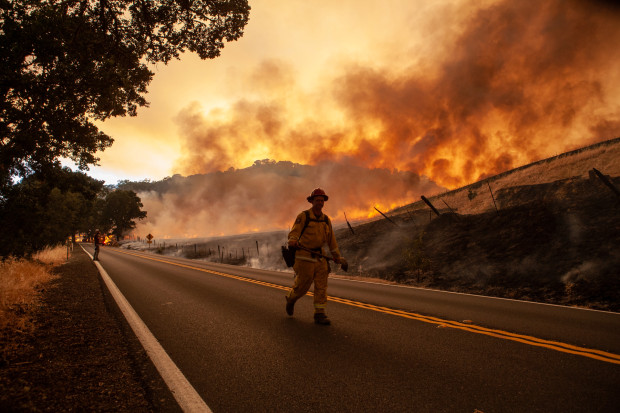Sick? Again? Here is the reason:

Scientists
ARE BLAMING environmental change for the particularly unforgiving spring
hypersensitivity season and high dust checks that are hitting the majority of
the nation.
As
per the Researches, Asthma and Immunology, individuals in the
Northwest USA and Southwest USA are getting hit the hardest. Furthermore, the quantity
of individuals experiencing occasional hypersensitivities out of the blue has
expanded, and the sensitivity season is enduring any longer than normal –
around 27 days longer than past seasons.
A
wide range of allergens can trigger responses, including dust, grass, weeds and
blossoming trees. Individuals who experience the ill effects of regular
sensitivities, additionally called roughage fever and hypersensitive rhinitis,
encounter wheezing, clog, runny nose and watery eyes.
The
foundation refers to environmental change as a contributing component to more
regrettable allergens and more extreme hypersensitivity seasons.
"Environmental change is related with rising temperatures, changes in overall climate designs
and expanding airborne dust levels and span. These progressions have been seen
to affect wellbeing, including that of unfavourably susceptible people,"
As
per the foundation, environmental change influences the creation and protein
arrangement of dust and the way it scatters. It likewise changes precipitation
and wind designs. Changes in the atmosphere affect the dust periods of trees,
grasses and weeds by expanding the measure of dust they create and by
broadening the span of the dust season.
These
progressions influence individuals with occasional hypersensitivities and asthma, exacerbating their manifestations and stretching the time their side
effects hold on. Moreover, "ozone harming substances are equipped for
evoking respiratory side effects in people with asthma and interminable
obstructive lung sickness, and additionally add to untimely mortality and
decreases in lung work after some time," the foundation says.
Hotter,
wet winters likewise add to a more extreme sensitivity season.
"Some
examination has recommended that the warming pattern that we have in our
condition is causing the dust seasons to begin somewhat prior, and expand
somewhat more."
"Therefore,
patients are enduring in light of the fact that they're presented to dust, for
longer timeframes."
At
present, the most exceedingly bad dust creators are oak, maple, poplar, birch,
fiery debris and birch trees.
The
Researches proposes showering in the wake of being outside, remaining inside on
blustery days, wearing a dust veil and beginning hypersensitivity prescriptions
before manifestations start. The best time to go outside, the center exhorts,
is after "a great rain, which helps clear the dust from the air."





Comments
Post a Comment